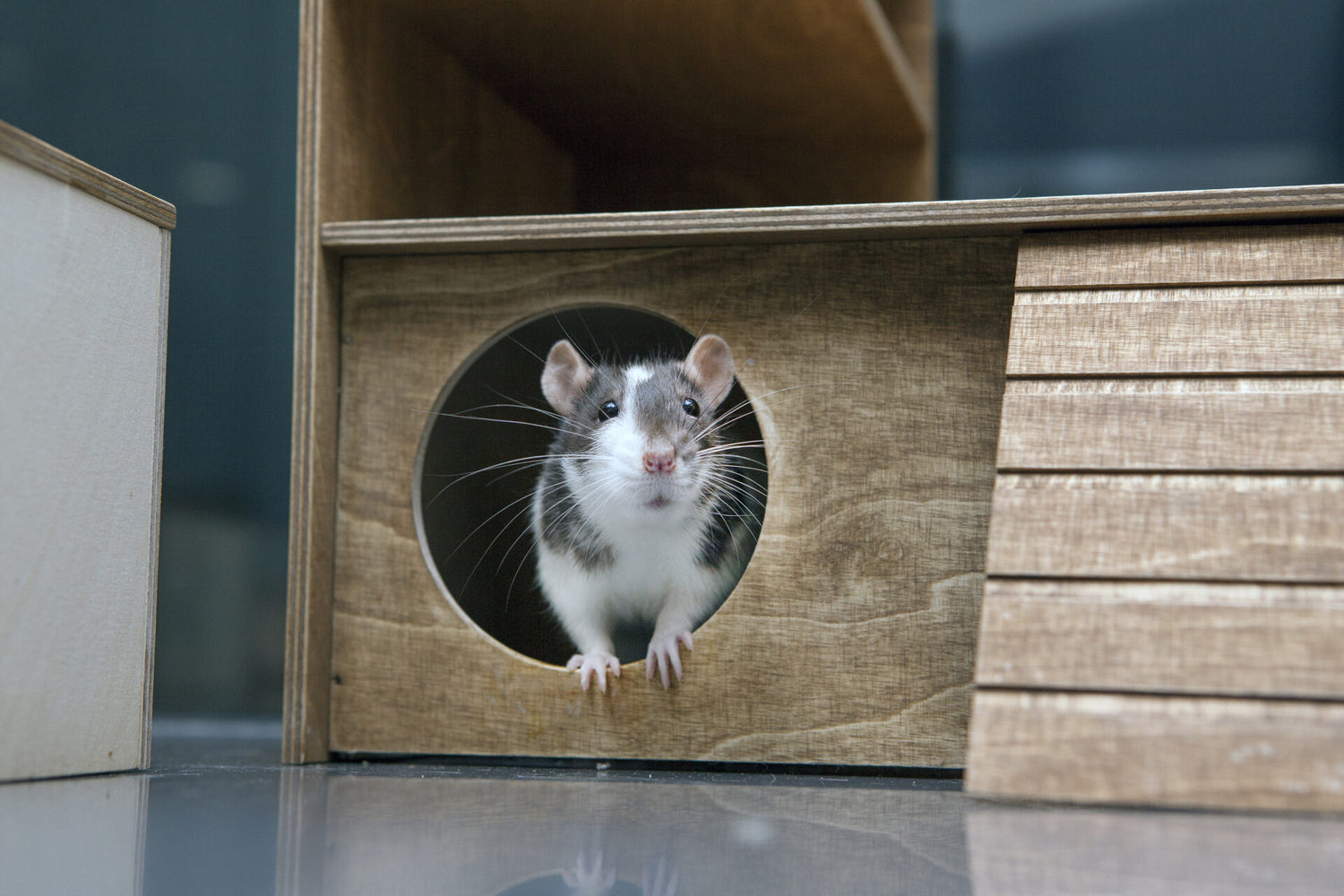
Note The basketball shows are on hiatus for the time being
Rats appear to the public in shows that either illustrate the training of animals (rat basketball shows) or tell about rats as animals and their behavior ( feeding shows ). The background of both presentations is scientific information based on animal research or studies related to animal training.
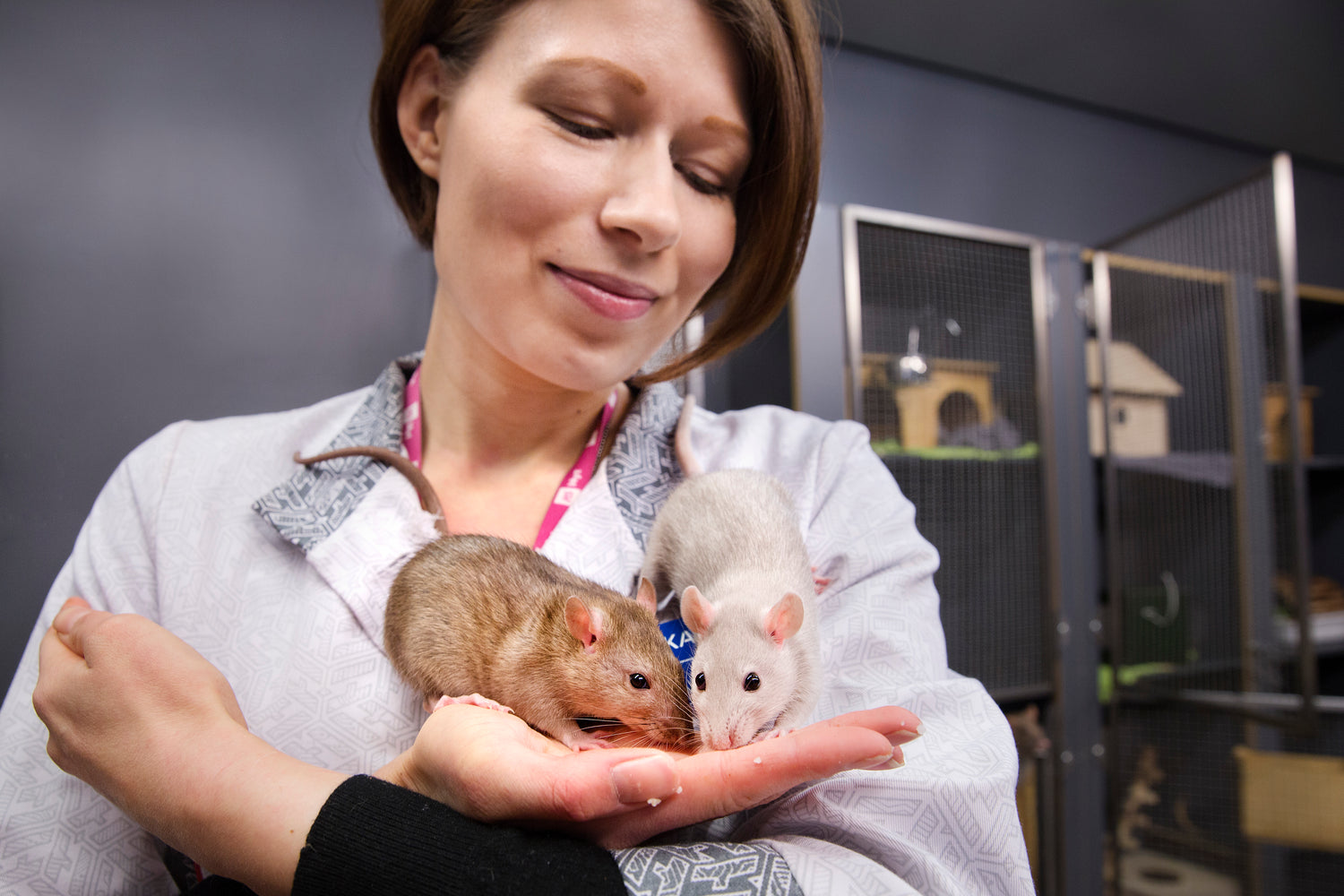
Treatment of rats
There are about 10 rats in Heureka. All rats are domestic rats and they live together in a herd, which includes animals of different ages. New rat pups come to Heureka a few times a year. Heureka does not breed rats, instead domestic rat pups are obtained from private domestic rat breeders.

Home of the rats
The rats live in a windowed room designed for them. The auditorium for public performances is behind glass outside the room, and the public does not have access to the rat house. The room is the home of rats and therefore it is wanted to keep it quiet. During the day, the rats are allowed to move freely throughout the room, and at night they spend the night in a large sleeping cage. Feeding the rats, cleaning the cages and other care is taken care of daily by an instigator trained for the task.
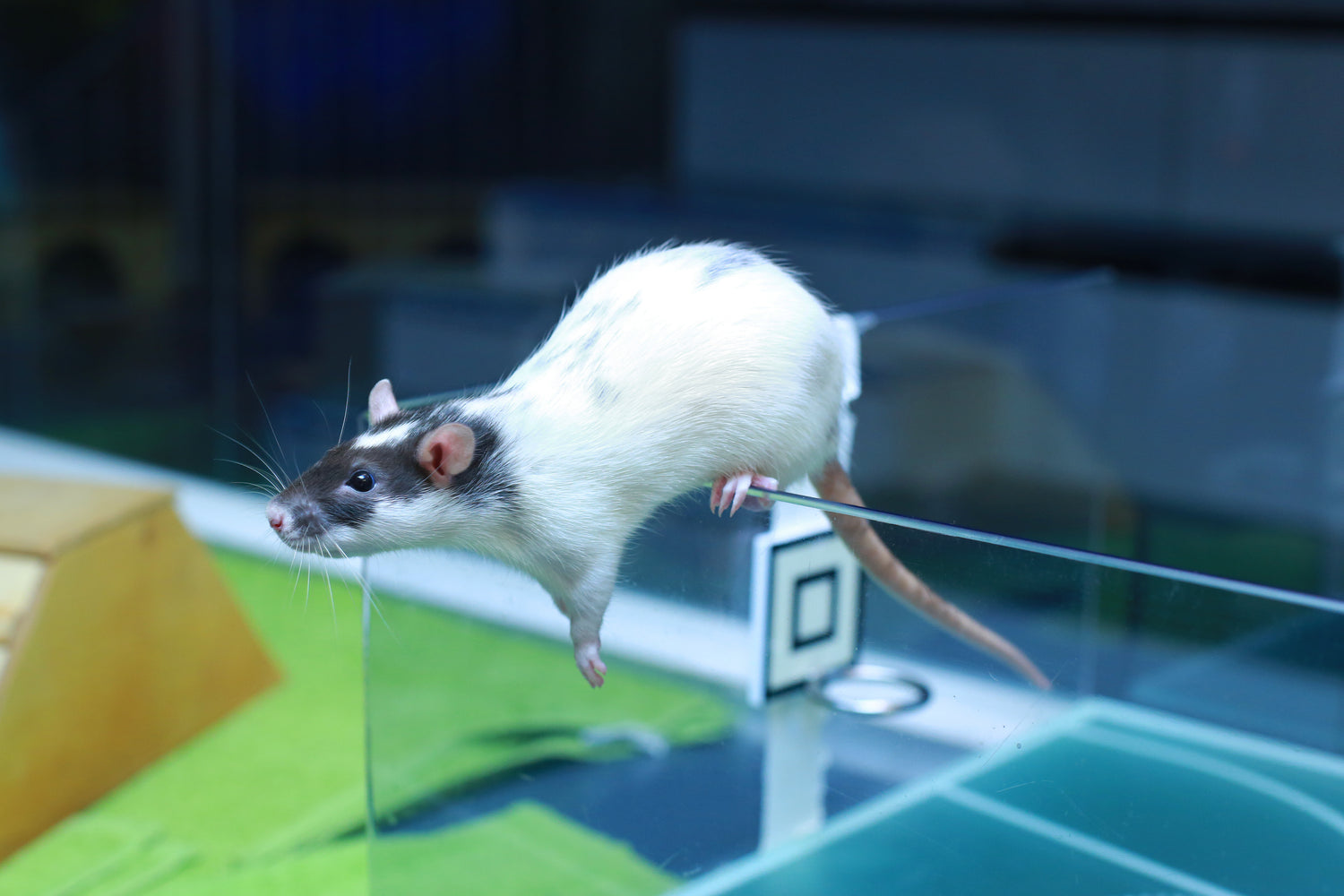
Rat training
The basketball rats are trained in Heureka, and the training is carried out by inspirers specially familiar with the task. Training does not use coercion or punishments, but reinforces the desired behavior with food rewards and sound signals. The presentation of the rats is based on scientific information based on animal research or studies related to animal training
Heureka's rat basketball operations began at the end of 1995. Our example is the COSI science center in the United States . Numerous generations of rats have shown their skills in the unique rat basketball stadium.
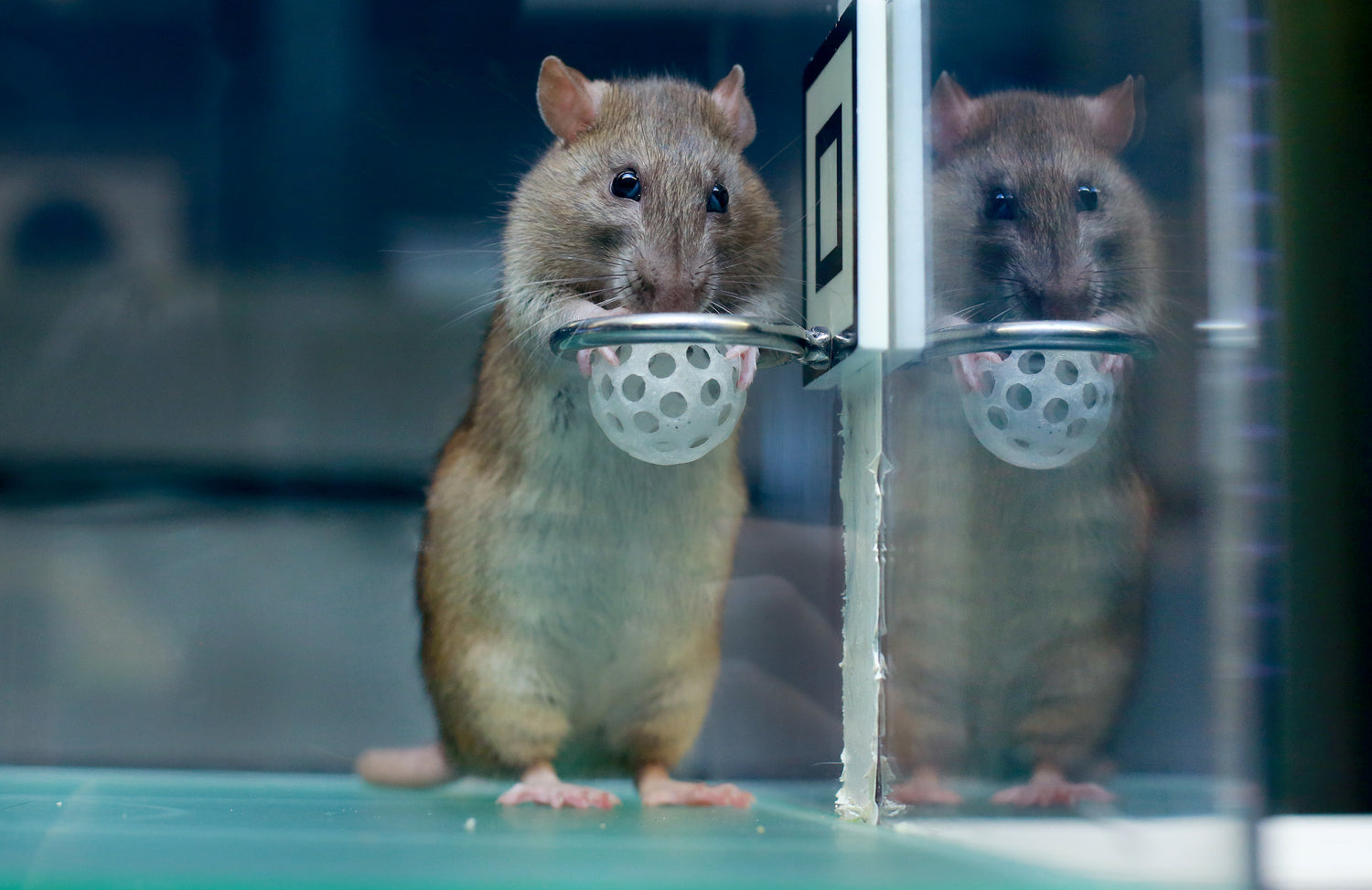
The Rats' Basketball Shows
Note The basketball shows are on hiatus for the time being.
In the rat basketball shows, the inspirer talks about the training of animals and the biology of rats. The effort is also to increase information about the proper care and handling of rats.
The rats' basketball games are always based on the voluntary action of the rats. Rats are not forced to play, but can always leave the playing field during the performance. There are usually approx. 2–4 rats in one game. In the show, the rats pick up the ball from the field, carry it in their mouths to the end of the playing field and finally drop the ball through the basket ring while standing on their hind legs. All these movements are natural to rats. For each basket made, the rat is given a small food reward (e.g. boiled rice grain).
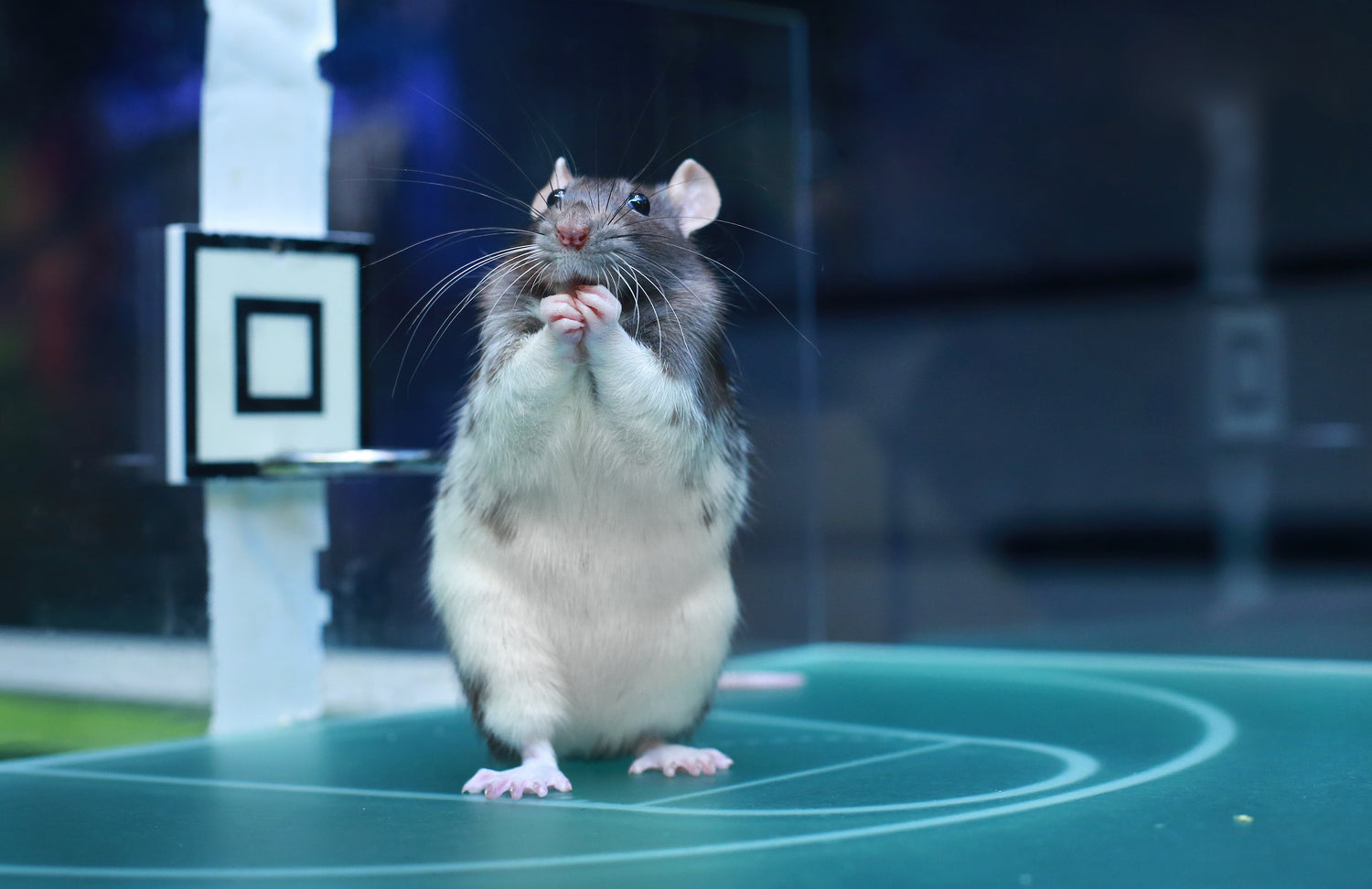
Learning materials
Heureka's rat basketball includes pre- and post-tasks for 1st-6th graders. The tasks especially support the subjects of mother tongue and environmental studies.
The rat basketball learning materials have been implemented with the support of the Tieteen tiedotus ry and in cooperation with evolutionary biologist Helena Telkänranta and illustrator Maija Karala.

Rat basketball blog
Unfortunately, the rat basketball blog written by Heureka trainers is no longer updated, but you can read in more detail, e.g. About a rat's daily life, rat training and animal welfare.
How do you get a rat to make a basket? Who are Heureka's brightest basketball stars? What happens in Rottala after the basketball match?
